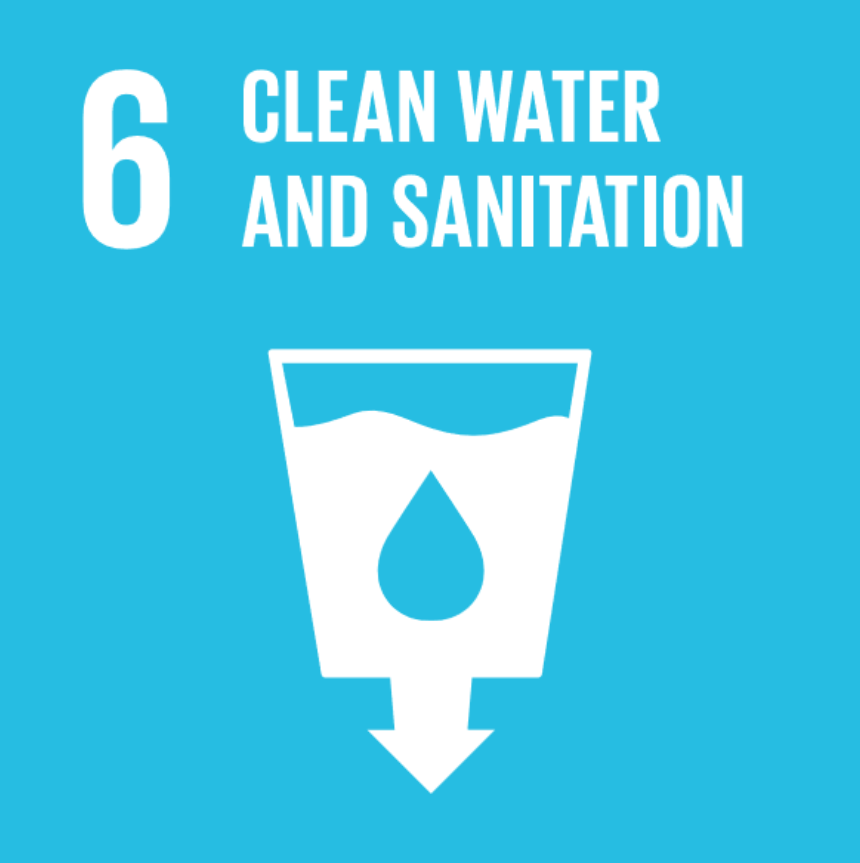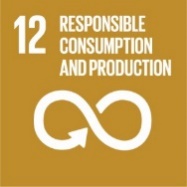Overview
Ribbon is a leading, publicly traded global provider of communications technology, employing thousands of individuals across more than 100 countries. At Ribbon, we recognize the critical importance of biodiversity in sustaining ecosystems worldwide. We also acknowledge that climate change poses challenges for all life on Earth, not just human life.
We understand the interconnectedness of human health and biodiversity, including the daily public health benefits derived from the fresh air we breathe and the natural spaces we use for recreation and exercise, which help reduce the occurrence of human diseases. Our food sources come from agriculture and farming of both land and sea. Often, these ecosystems require assistance to mitigate the effects of climate change, such as soil erosion, adverse weather, flooding, and droughts.
Our locations around the world are each part of a delicate balance between local communities and wildlife ecosystems. Ribbon's activities, along with those of our partners, can have both positive and negative effects on these communities. We are committed to minimizing our impact on biodiversity through the measures outlined in our Biodiversity Policy, with a priority on protecting existing ecosystems.
Our Approach
Before selecting a site, we thoroughly research each proposed new location to better understand the area. As we consider the potential impact of a new facility on the local flora and fauna, Ribbon develops both a conservation plan and a risk assessment. Our education platform enables our workforce to receive training in subjects related to environmental management and biodiversity protection, including aquaculture, forestry, genetic diversity and species protection, wellness and recreation, pollination benefits, invasive species, chemical use and disposal, fuel delivery, waste processing, and responsible procurement.
Where possible, we aim to promote the health of insects and invertebrates through our gardening practices and will consider installing and managing beehives to pollinate the local flora. We monitor water use and look to identify water stress areas ahead of time so resilience can be established at these locations including retrofitting water efficient plumbing systems.
Ribbon includes reviews of relevant laws and regulations in our ISO14001 Environmental Management System and looks to exceed these requirements related to biodiversity conservation and the restoration of degraded ecological systems. We have processes in place to validate the adherence of local regulations and supplier certifications with the right to audit our suppliers.
Our responsible procurement training aims to promote sensible purchasing choices which focus on sourcing suppliers who adhere to sustainable practices and manage resource extraction, fishing, forestry, agriculture, and other activities in ways that minimize negative impacts on ecosystems while meeting human needs. In addition, we look to reduce waste and overconsumption by switching to compostable packaging, removing single-use plastics and increasing the recycled content of the packaging of our products.
Supporting Global Sustainable Development
Our approach to climate change and the environment directly supports UN Sustainable Development Goals (SDGs) 6, 12, 14 and 15:
|
|
6.3: By 2030, improve water quality by reducing pollution, eliminating dumping and minimizing release of hazardous chemicals and materials, halving the proportion of untreated wastewater and substantially increasing recycling and safe reuse globally 6.4: By 2030, substantially increase water-use efficiency across all sectors and ensure sustainable withdrawals and supply of freshwater to address water scarcity and substantially reduce the number of people suffering from water scarcity |
|
|
12.2: By 2030, achieve sustainable management and efficient use of natural resources 12.4: Responsible management of chemicals and waste 12.5: By 2030, substantially reduce waste generation through prevention, reduction, recycling and reuse |
|
|
14.1: By 2025, prevent and significantly reduce marine pollution of all kinds, from land-based activities, including marine debris and nutrient pollution |
|
|
15.5: Take urgent and significant action to reduce the degradation of natural habitats, halt the loss of biodiversity and, by 2020, protect and prevent the extinction of threatened species |
Governance
Executive direction of Ribbon’s Approach to Biodiversity is led by Ribbon’s Chief Legal Officer (CLO). The CLO is supported by senior management in specific business unit functions such as procurement, supply chain management, real estate and facilities. Ribbon’s Board of Directors receive annual updates relating to environmental management and biodiversity performance as part of our risk review process.
See also:
Ribbon’s Environmental Policy
Ribbon’s Biodiversity Policy
Ribbon’s Approach to Climate Change and the Environment
Ribbon’s Policy on Conflict Minerals
Disclosure
We report transparently to our stakeholders on progress and performance related to biodiversity efforts in our annual Sustainability Report, available on our website.
Version 1.2: February 2025



